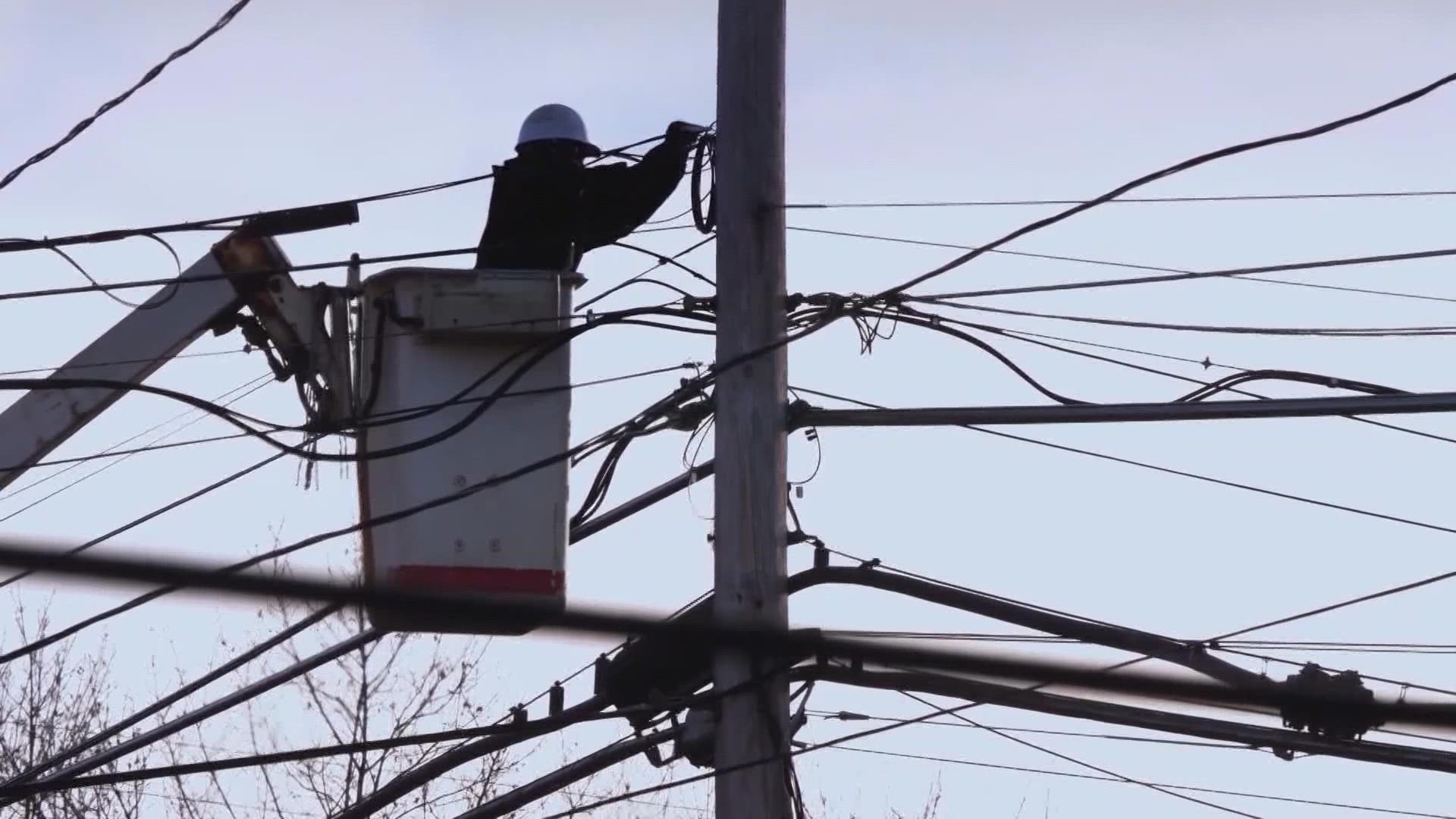SAN ANTONIO — San Antonio city staff are adjusting its plan to disburse $50 million in CPS Energy revenue back to customers.
On Tuesday during a city budget work session, staff presented a revised plan that would still give the $50 million back to customers.
The revised plan would give $7.5 million to the Residential Energy Assistance Partnership or REAP Program which provides energy bill assistance twice a year to customers. That’s a $2.5 million increase compared to the first proposal by city staff.
As a result of the increased REAP contribution, $42.5 million will be credited back to all CPS Energy customers. Customers may opt out and redirect their credit to the REAP Program. The average residential credit would drop from $31 to $29.
This summer, many CPS Energy customers had sticker shock on their summer bills, which the city says was due to inflation, high heat and high natural gas prices.
“June went up to over $600, July went down to $539 I believe,” Brian Salmon told KENS 5.
Even though Salmon works next door to the CPS Energy payment center on the northside—he didn’t see those bills coming.
“That $600 bill, I was gone 12 days out of the month, no air conditioning and nobody in the house, we were all gone out of the country, so to come back and get that bill was kind of astonishing,” Salmon said.
The third time was not the charm in reaching a consensus on a plan for the CPS Energy revenue.
Councilman John Courage has proposed targeting the relief to residential customers and wanted to increase the credit average to $75.
Councilmember Clayton Perry voiced his support for the rebates but pressed city staff on presenting its information with further context. The city says its expecting $75 million in CPS Energy revenue, of which $50 million is part of a proposed rebate. The remaining $6 million is designated for sidewalks, $9 million to renovate or purchase a building for all hazard supplies, last $10 million would go towards the Edwards Aquifer Protection Program.
Salmon wouldn’t mind seeing the money spent elsewhere.
“I’d probably lean towards the infrastructure because it was such a city-wide, county-wide or state-wide issue,” Salmon said.
Council would have to vote on a proposed plan by September 1 to apply the credit to October bills, although staff don’t believe a vote will be taking place for at least two weeks.

